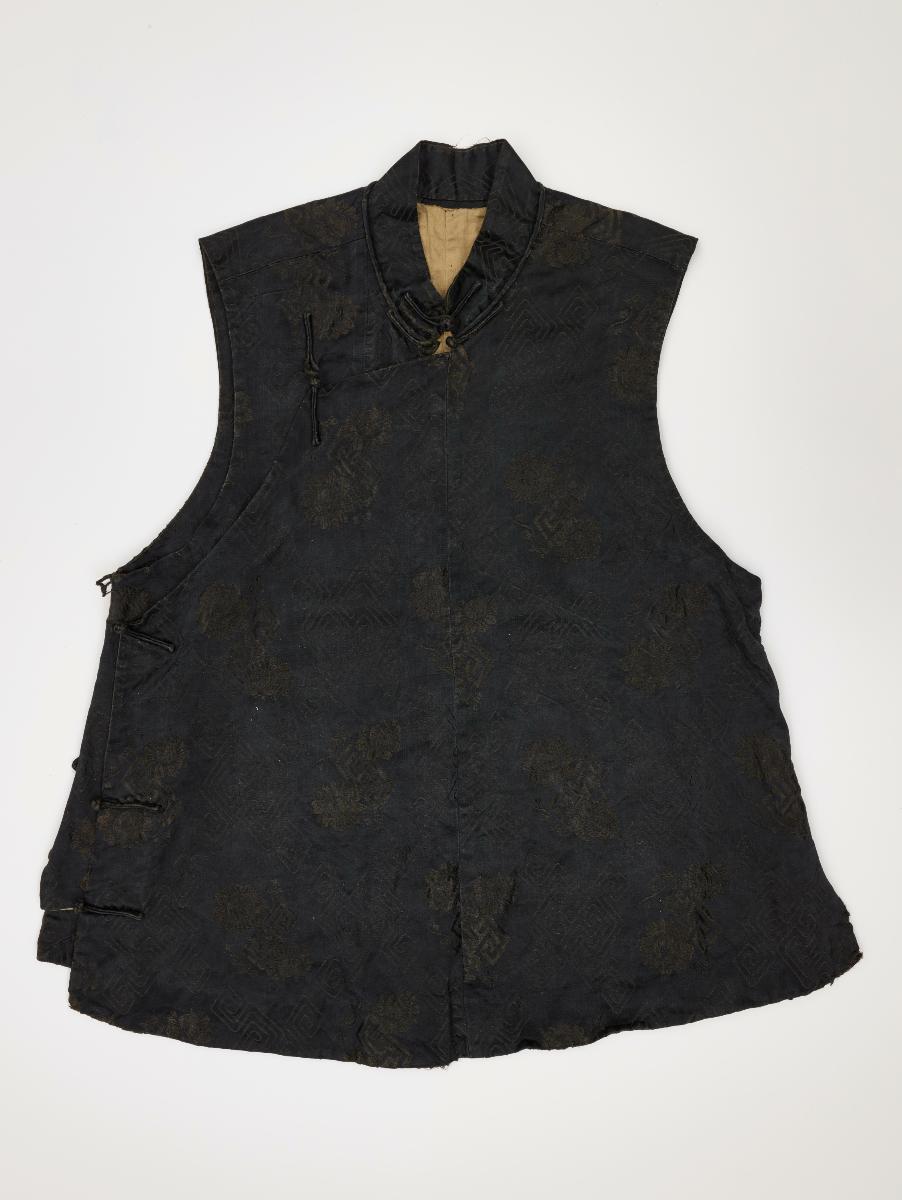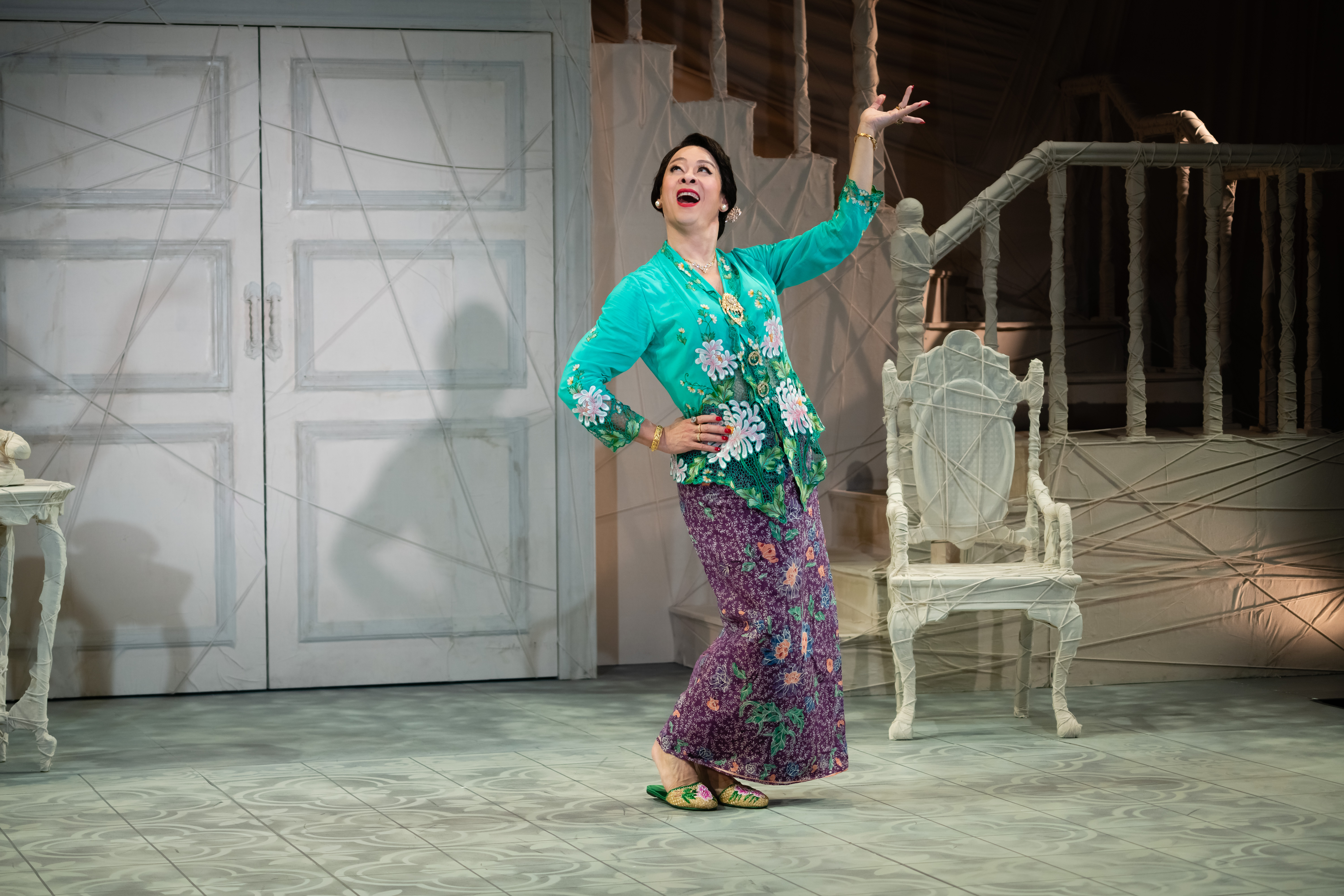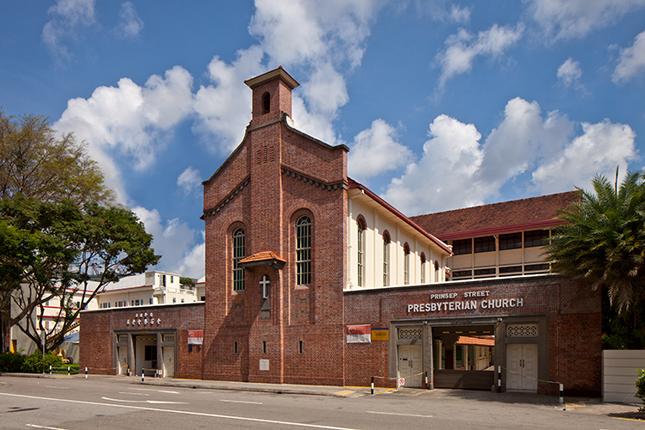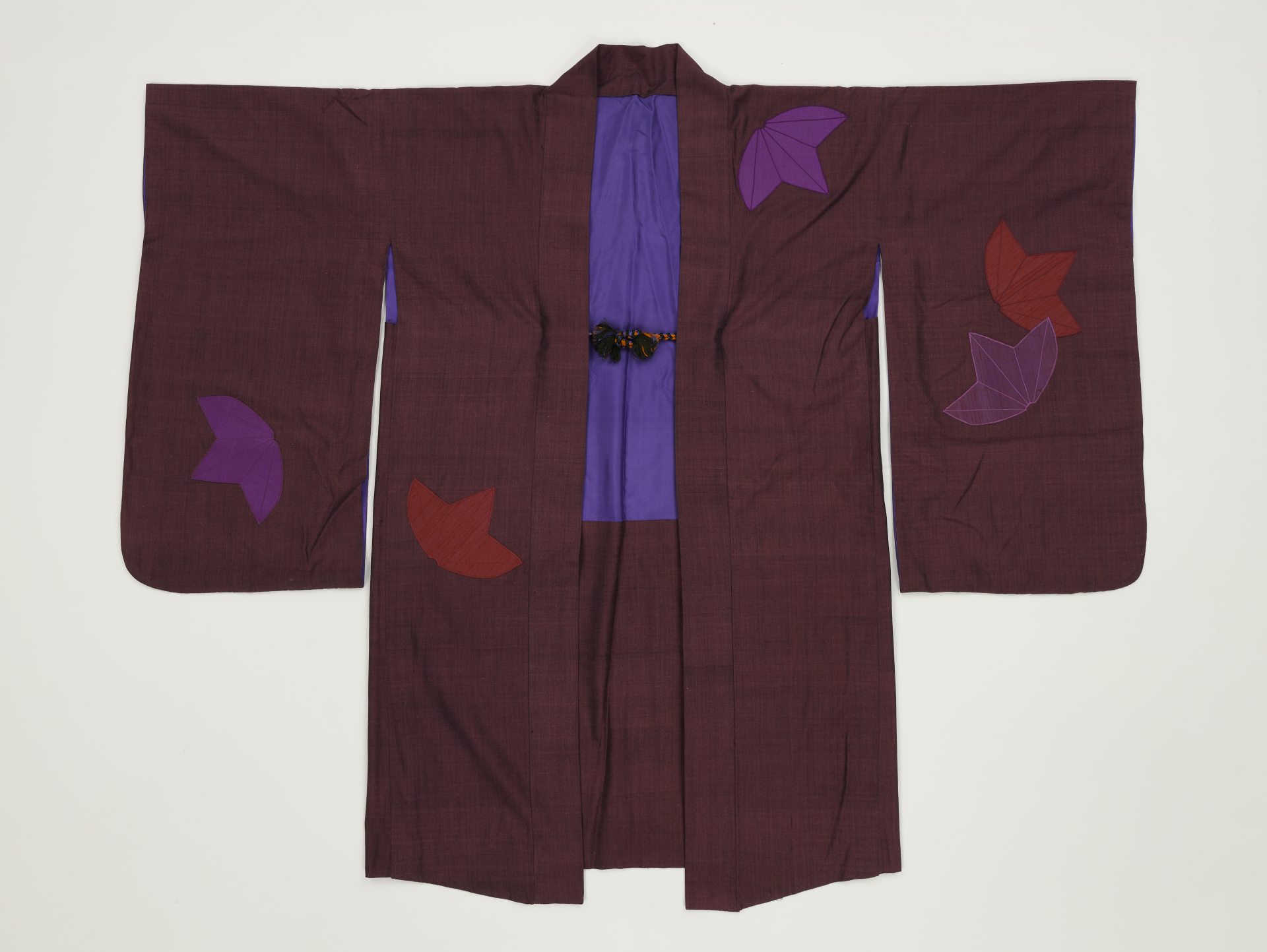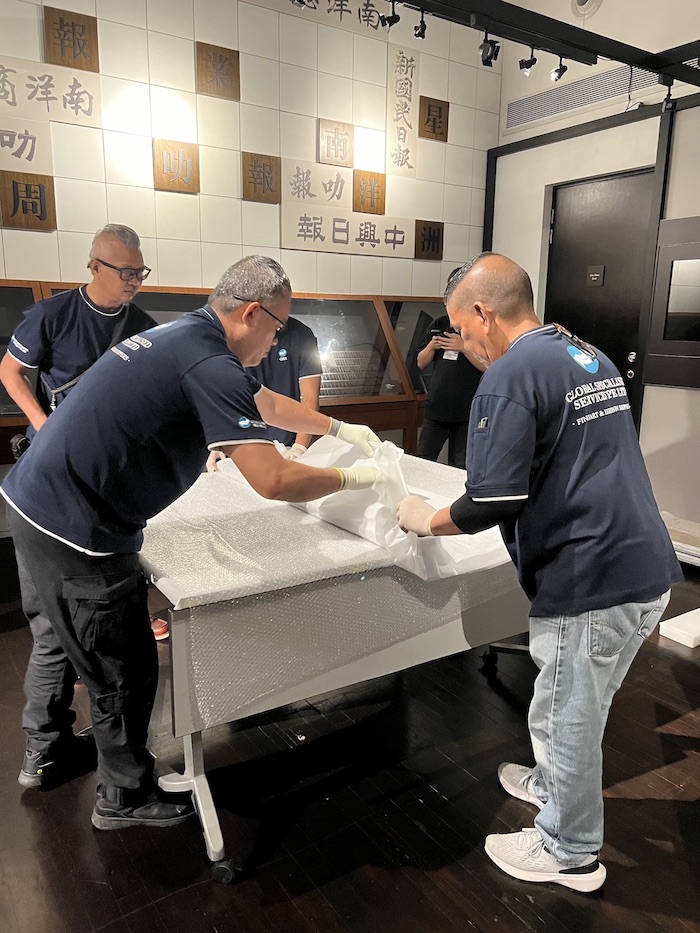This vest belonged to Thung Siang Hiap (1886–1949), who would have worn it over a long Chinese robe (chang shan). It was common for men in China during the Qing dynasty to pair their long Chinese robe with a vest for informal occasions. This was a more casual alternative to the hip-length and full-sleeved jacket (ma gua), but both styles endured during the subsequent Republican period when both Western and Chinese dress were embraced. In the Dutch East Indies, such vests were worn by Peranakan and Chinese men, who, until the turn of the 20th century, were forbidden by the colonial government to don Western dress.




